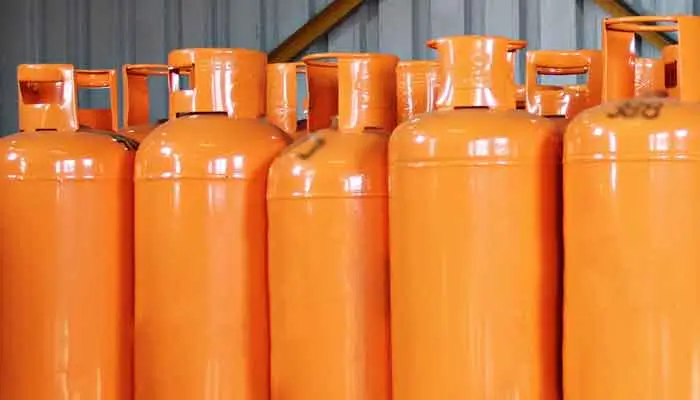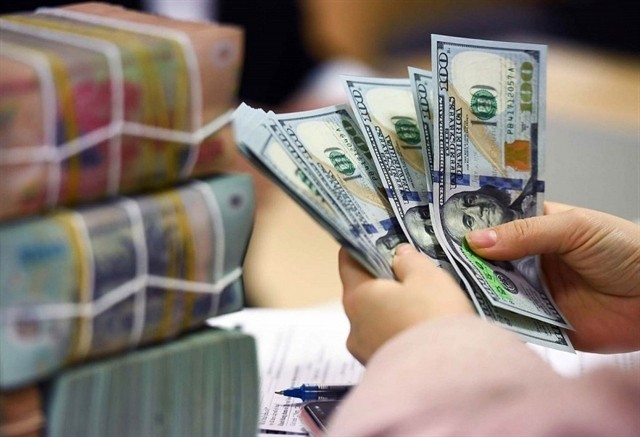The Habib Bank Limited (HBL), being the largest in the sector, can be categorised as a proxy for exposure on Pakistan’s economy. An external account crisis such as currency depreciation, rising current account deficit warranted action by the authorities to put brakes on growth and increasing discount rate.
Analysts expect the HBL’s stock to perform seeing worst to be behind with the commodities ease-off and quick action by the authorities to plug economic drags, and most importantly, the watch of the International Monetary Fund.
The HBL’s earnings growth is expected at a three-year CAGR of 9.5 per cent with steepening of earnings likely in CY23, as full impact of interest rate hikes comes into play.
Holding of floating-rate Pakistan Investment Bonds (PIBs) (56.2 per cent of the total PlBs) is likely to shorten this timeline, compared with the previous up-cycle where higher fixed rate PIB holdings delayed the overall interest rate impact on the earnings.
Previewing the earnings for CY21, the market expect the bank to report net earnings/share of Rs26, compared with Rs21 during the same period of the last year.
For the fourth quarter of CY21, the earnings forecast stand at Rs7.3/share, compared with Rs6.2/share in the previous quarter and Rs4.5/share in the same period of the last year.
Analysts expect the net interest income to register a sequential growth of 8.2 per cent, compared with the previous quarter on account of larger spreads between the policy rate and KIBOR/T-bill rate.
The non-markup income is expected to remain stable, as the Habib Bank records higher fee income towards the end of the year.
Indus Motor’s sales may continue to grow
The market remain positive on Indus Motor Company (INDU) due to the company’s lower dependence on auto financing (30 per cent of the total sales), higher demand from the rural sector (50 per cent of the total sales) and lower sensitivity of its customers to price increases.
The key developments since the budget announcement, including escalation in the prices of raw materials leading to a price increase by the automakers in November 2021 and rising interest rates reducing the demand for auto financing, are expected to dent the ongoing growth momentum during the second half of FY22.

Further, the government in the recently announced mini-budget has reversed a number of incentives that were offered to the auto sector in June 2021, which is likely to add pressure on the automakers doing another round of price increase announcements, further negatively impacting the potential demand for the vehicles.
The sales volume is expected to continue its momentum going in December 2021 where the industry sales are expected to post a robust growth of 98 per cent and 48 per cent on a YoY and MoM basis, respectively, clocking-in at 26,426.
The sales during the first half of FY22 is expected to grow 68 per cent YoY. Indus Motor sales; however, are expected to remain flattish MoM, as Yaris sales remain under pressure due to the growing sales of Honda City (down 2 per cent).
The company’s combined sales of Completely Knocked Down (CKD) and Completely Built-up Units (CBU) for the first quarter ended September 30, 2021 increased 60 per cent to 18,855 units against 11,809 units sold in the same period of the last year.
The share of Indus Motor Company in the overall market stood at approximately 19.4 per cent for the first quarter. Indus Motor produced 16,896 units for the three-month period, registering a 45 per cent increase, compared with 11,648 units produced in the same period of the last year.
The net sales turnover for the quarter ended September 30, 2021 increased 91.7 per cent to Rs65.55 billion, compared with Rs34.19 billion in the same period of the last year, while the profit-after-tax also increased 194 per cent to Rs5.42 billion as against Rs1.85 billion achieved in the same period of the last year.
Sapphire Textile posts EPS of Rs70.45 in first quarter
The Sapphire Textile Mills posted the earnings per share (EPS) of Rs70.45 during the first quarter ended September 30, 2021, compared with Rs9.51 during the corresponding period of the last year.
Presently, the textile sector in Pakistan is performing well due to robust demand from the international market. The support provided by the State Bank of Pakistan (SBP) in terms of the concessionary finance for long-term investments has also encouraged the sector to expand tremendously.
During the five months of FY22, goods exports stood at $12.3 billion. Of this, the textile exports are the top contributor, making up around 62 per cent of the total mix. So far, during the period under review, the textile exports have risen 34 per cent YoY to $7.2 billion, compared with $5.4 billion during the same period of the last year.
Market expects goods exports to clock-in at $34 billion during the current fiscal year. Meanwhile, the exports of other sectors such as food, petroleum, and manufacturing are also on a rising trend.
The Sapphire Textile Mills also embarked on an extensive expansion programme, particularly in the value-added sector, which should further increase the future profitability of the company.
The major challenge for the textile industry remains the size of the local cotton crop. This year, due to better weather conditions, the cotton crop is expected to be higher than the previous year but still short of the domestic requirement. The international prices of cotton have touched record high levels.
The Sapphire Textile Mills management expressed the hope that with the joint efforts of the government and the industry, the cotton crop will increase further in the coming years.
During the period ended September 30, 2021, the company’s net turnover increased to Rs12.955 billion from Rs8.695 billion. The gross profit as a percentage of sales increased to 21.01 per cent from 11.82 per cent in the corresponding period of the last year.
The increased profitability of the company can be attributed to an increase in the prices of textile products, procurement of raw materials at attractive prices and the company’s continued emphasis on vertical integration and growth in the sales of value-added products.
The company’s profit-after-tax increased to Rs1.5 billion from Rs206.210 million.
[embedpost slug=”/technical-glitches-irk-hbl-customers/”]

















